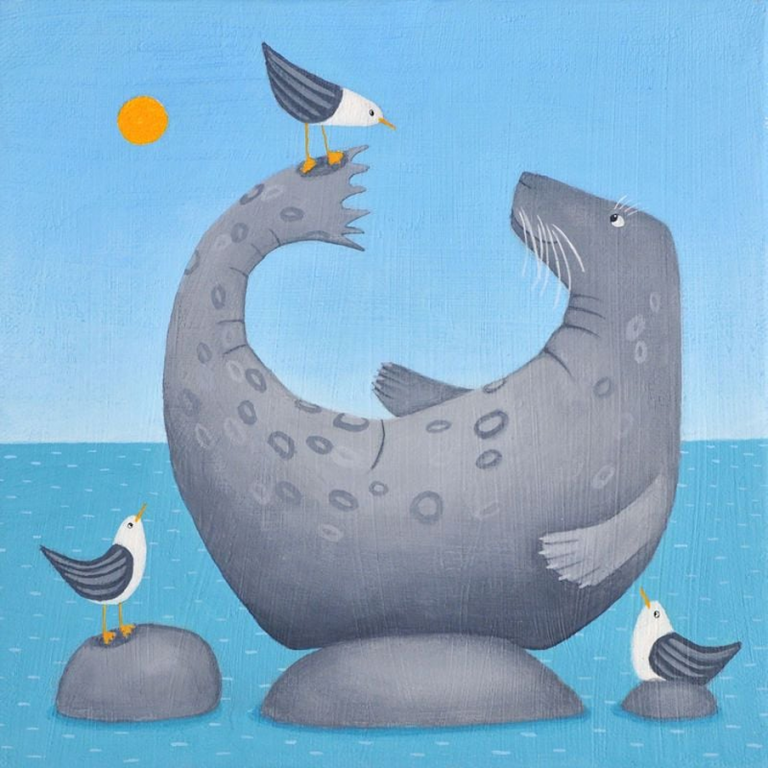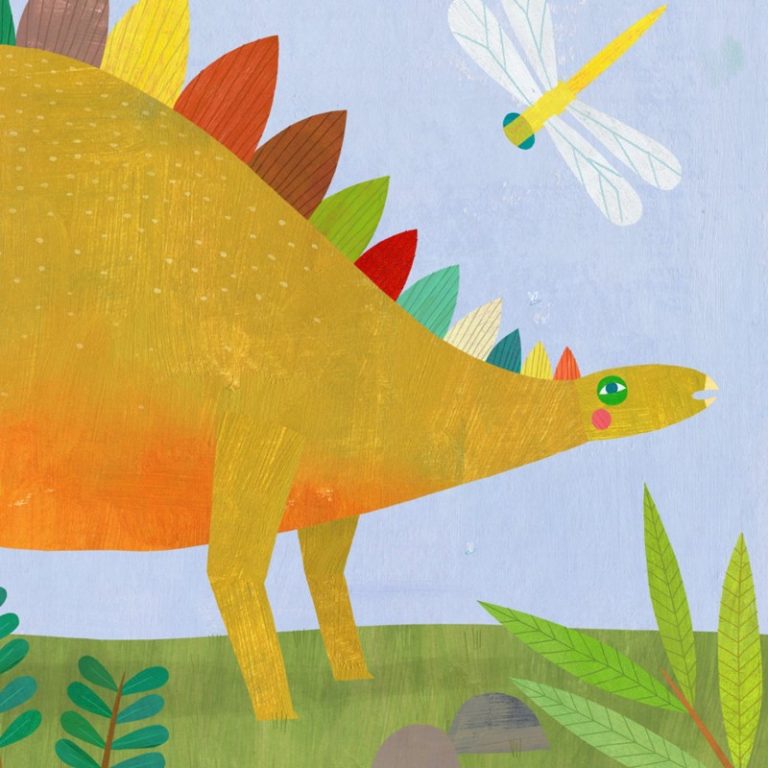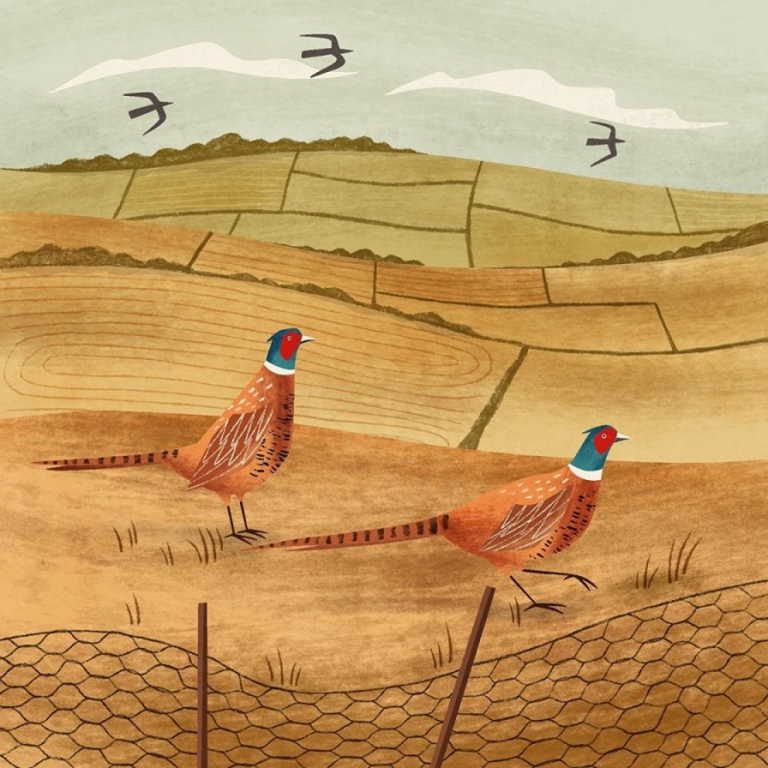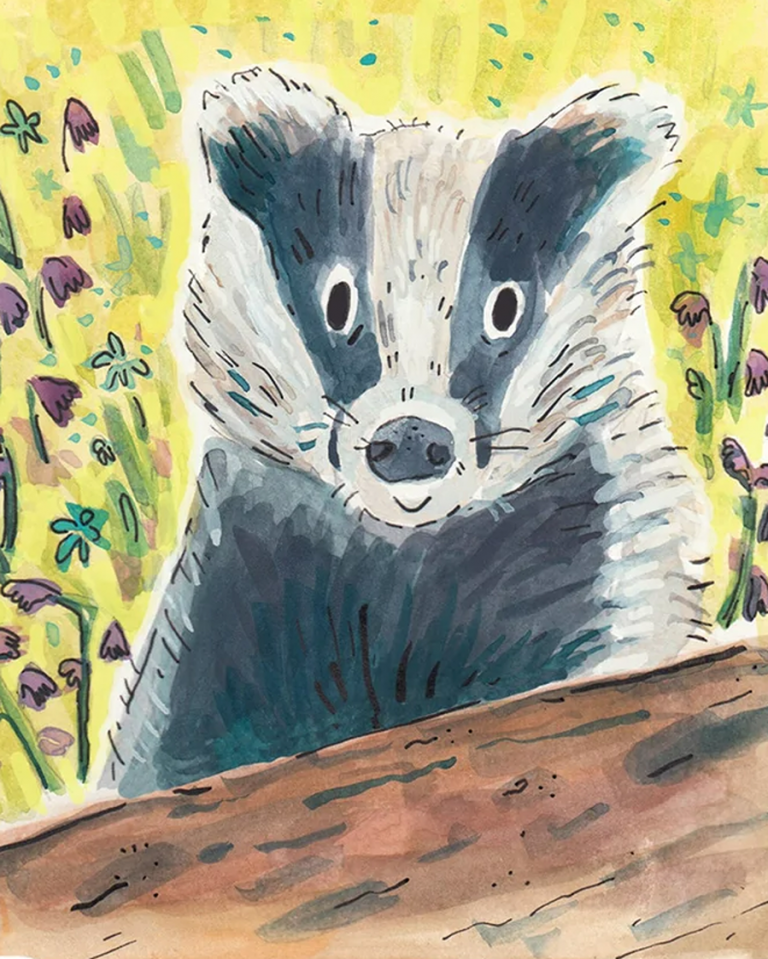
Pâté de foie gras is billed as a luxury. It appears on tasting menus, holiday tables, and gift hampers. Many diners praise its rich, buttery texture. Yet behind that indulgence sits a practice that many people would rather not see.
Most foie gras comes from birds who are force-fed to enlarge their livers far beyond a normal size. Supporters call it tradition. Critics call it needless suffering. This guide sets out clear, evidence-based reasons to say no. It focuses on animal welfare, ethics, health, and environmental impact, so you can make an informed choice with confidence.
If you like the taste, make this vegan faux gras recipe (from a France-based chef)
The Cruelty Behind Force-Feeding
Foie gras is usually produced through gavage. Farm workers insert a metal or plastic tube into a duck or goose’s throat several times a day. Maize mash is pumped directly into the stomach. The goal is a swollen liver that can weigh up to ten times a healthy size. Think of an organ forced to balloon in a matter of weeks. The result looks rich on a plate, yet the path to get there is harsh.
Animal welfare groups, including the Humane Society, have reported severe stress and high mortality during the force-feeding phase. Birds cannot refuse the tube. Many struggle, then stop resisting. Daily routines on these farms are stark.
Birds are herded into holding areas, restrained, and fed by tube. Their necks are handled again and again. After feeding, many stand still, breathing hard. A distended liver crowds the chest. Moving, preening, or trying to flap becomes hard.
The enlarged liver does not only change weight. It changes how the bird feels and moves. Pressure from the organ makes breathing shallow. Feedings can cause throat injuries. The beak and oesophagus can bruise or tear. Some birds develop infections. Others die before slaughter from organ failure, injury, or stress. While producers argue the process is quick, the cumulative toll is clear.
For many consumers, this is the key issue. The dish depends on forced overfeeding that causes pain, fear, and illness. Once you know that, a silky mouthful loses its shine.
Health Problems Birds Face from Gavage
Force-feeding triggers hepatic steatosis, a form of fatty liver disease. The liver swells with fat, then struggles to function. Birds often show signs of respiratory distress, since the enlarged liver compresses the air sacs that support breathing. Some collapse after feeding sessions.
Restraint can cause wing and leg injuries. Throats can be damaged by repeated tube insertions. Reports and investigations have documented birds dying during the feeding period from ruptures, aspiration, or weakness.
Basic behaviour becomes impossible. Birds cannot reach their feathers to groom. Many cannot stand or walk far. Pain changes posture and movement. These problems breach the most basic animal welfare principles, which require animals to be free from pain, injury, and distress.
Conditions on Foie Gras Farms
Investigations have shown crowded pens, wire floors, and limited space. Birds often stand in their own waste. Access to water for bathing, which ducks need to stay healthy, is usually poor. Natural behaviours like swimming, foraging, and exploring are blocked.
Inspections and undercover footage have reported routine breaches of welfare standards. These include neglected injuries, inadequate veterinary care, and birds left to suffer if they cannot keep up with the feeding schedule. Personal testimonies from workers describe pressure to meet quotas, which further weakens care. None of this is sensational. It reflects a system designed to hit a weight target fast, at the expense of welfare.
Ethical Reasons to Avoid Foie Gras
Foie gras fans point to heritage and craft. French cuisine holds it up as part of a cultural identity. Tradition alone does not settle the question. Our understanding of animal sentience and welfare has moved on. We accept that birds feel pain and fear. We also see that alternative foods can deliver flavour without cruelty.
Public policy reflects this shift. Several European countries prohibit force-feeding, and do not allow domestic production. Others restrict it or discourage the practice. France still produces the most, along with some parts of Spain and Hungary. The trend outside those regions is clear. Many chefs remove foie gras from menus to match their values. Diners ask for humane choices. Retailers quietly stop stocking it.
Boycotting sends a message. It directs money away from practices that cause harm, and towards producers who respect animals. It supports farms that prioritise welfare, and chefs who create modern, compassionate food. You can still enjoy rich, celebratory dishes. You simply say yes to taste, and no to cruelty.
Global Bans and Legal Challenges
- California passed a law in 2004 (by former governor Arnold Schwarzenegger) to end sales of products from force-fed birds. It took effect in 2012. Courts have upheld the ban, which remains a landmark in the United States.
- Israel’s Supreme Court ruled against force-feeding. Production ended after legal and regulatory changes.
- India has blocked imports of foie gras, citing animal welfare concerns.
- Across Europe, a number of countries prohibit force-feeding. Some local councils and cities elsewhere have also removed foie gras from public menus.
- Campaigns in the UK continue to push for stronger import restrictions. Several hospitality groups have adopted voluntary bans.
These moves show a growing consensus. The method itself is the problem. Legal cases and public campaigns keep the issue in view, and give hope to those seeking change.
Impact on Vulnerable Suppliers and Workers
Ethics do not stop at animal welfare. Reports from lower regulation regions describe long hours, repetitive strain, and poor protections for workers on foie gras farms. Production peaks before holidays. Pressure rises. When pay depends on output, corners are cut and safety suffers.
Choosing to boycott supports a broader standard. It says that supply chains should protect people as well as animals. When buyers ask for higher welfare and better labour practices, the whole industry feels the push to improve.
Health and Environmental Drawbacks
Foie gras is not a health food. It is high in saturated fat and cholesterol. That is part of the appeal, yet it carries a cost. Regular intake raises the risk of heart disease. For some people, even small portions are not a wise choice.
There are also food safety concerns. Intensive feeding and stress can heighten the risk of contamination. While serious incidents are rare, they do occur with animal products from industrial systems. If you want indulgence with less risk, there are better options.
The environmental case is strong as well. Force-fed birds consume large amounts of maize. Feed crops drive water use and pollution. Manure from intensive units pollutes local waterways. Add the carbon footprint of feed, housing, energy, transport, and waste, and the impact stacks up. Plant-based pâtés and high-welfare spreads can meet your need for luxury, with a much smaller footprint.
Nutritional Concerns for Consumers
- High saturated fat: Foie gras packs significant saturated fat per serving. Diets high in these fats increase LDL cholesterol.
- Calorie dense: Small portions deliver high calories, which can undermine balanced eating.
- Cholesterol: A single serving is cholesterol heavy compared with lean proteins and healthier fats like olive oil.
- Food safety: Stressed, intensively raised animals may carry a higher risk of contamination. Proper handling lowers risk, yet cannot remove it.
Public health guidance supports moderation with such foods. Many people find it easier to skip them altogether, then choose treats with healthier fats.
Sustainability Issues in Production
- Feed footprint: Maize and soy used in intensive systems drive land use, water use, and pesticide runoff.
- Emissions: Housing, feed milling, transport, and refrigeration add to the carbon load.
- Water and waste: Concentrated manure pollutes rivers and harms aquatic life.
- Biodiversity: Large feed monocultures displace varied habitats and reduce wildlife.
Boycotting encourages producers and retailers to back sustainable options. Chefs are already creating impressive pâtés from mushrooms, lentils, walnuts, and olive oil. Some small farms offer high-welfare liver from naturally fed birds, without force-feeding. If you want a classic terrine feel, you can get it without cruelty or excess impact.
An Upcoming Ban on Foie Gras Imports?
Many ‘top stores’ like Harrods and Fortnum and Mason still sell foie gras. The latter did stop due to a campaign, but have now resumed sales. Boycott any store that sells it.
Most supermarkets have banned its sale, you may see ‘Foie Royale’ which is basically the same food without the force-feeding, but of course geese are still killed to make it.
Just after the Labour landslide election in 2024, environment minister Steve Reed MP promised to ban the import of foie gras (like real fur, if it’s illegal to produce here, it should be illegal to sell). However, Animal Equality is not impressed that one year later, nothing has happened.
Apparently, the reason given is to do with ‘border checks’ in order to ‘boost economic growth’. We are better than that. Write to Your MP and ask what’s happening with the Bill, and ask him or her to support it, and raise the issue in parliament.
Every year, millions of terrified ducks and geese endure unbearable suffering for foie gras. Promises toe nd UK imports of this abhorrent product has been disappointingly slow. Animal Equality UK
Labour has already pledged to ban foie gras imports. Foie gras imports betray British values of compassion. We should not be importing products that don’t meet our values. Animal Policy International






